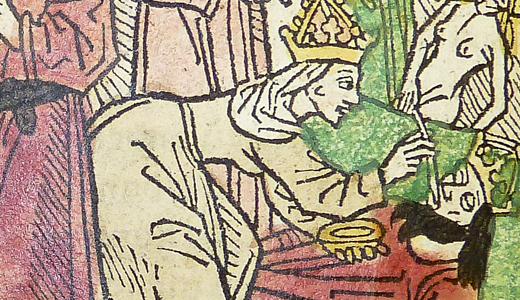Per the Telegraph, a damp Italian autumn has produced a bumper crop of wild mushrooms, and a busy time for Italian poison control centers.
A surge in the number of mushrooms growing in the damp woods and fields of Italy this autumn has resulted in an increase in people being poisoned after eating the wrong variety.
More than 220 people have been treated for poisoning in the last few weeks and four people have died since the mushroom-picking season started in late August in northern Italy. Of the 227 poisoning cases, more than 20 were classified as serious, meaning that patients are so badly affected by toxins that they may have to undergo liver transplants.
Enthusiasts take to the woods and hills to scour the damp undergrowth and leaf litter for prized varieties such as porcini and chanterelle mushrooms, but edible and non-edible types often look very much alike. Making the wrong choice can be fatal.
Pliny the Elder (wiki) (who also (as reported by Pliny the Younger) witnessed the eruption of Vesuvius):
In general, these plants are of a pernicious nature, and the use of them should be altogether rejected; for if by chance they should happen to grow near a hob-nail, a piece of rusty iron, or a bit of rotten cloth, they will immediately imbibe all these foreign emanations and flavors, and transform them into poison. Who, in fact, is able to distinguish them, except those who dwell in the country, or the persons that are in the habit of gathering them? There are other circumstances, too, which render them noxious; if they grow near the hole of a serpent, for instance, or if they should happen to have been breathed upon by one when just beginning to open; being all the more disposed to imbibe the venom from their natural affinity to poisonous substances.
It will therefore be as well to be on our guard.~Pliny the Elder, Natural History (pub c. 77)
* Natural History consisted of thirty-seven books including all that the Romans knew about the natural world in the fields of cosmology, astronomy, geography, zoology, botany, mineralogy, medicine, metallurgy, and agriculture. (source)
via Lapham's Quarterly.
via Lapham's Quarterly.



No comments:
Post a Comment